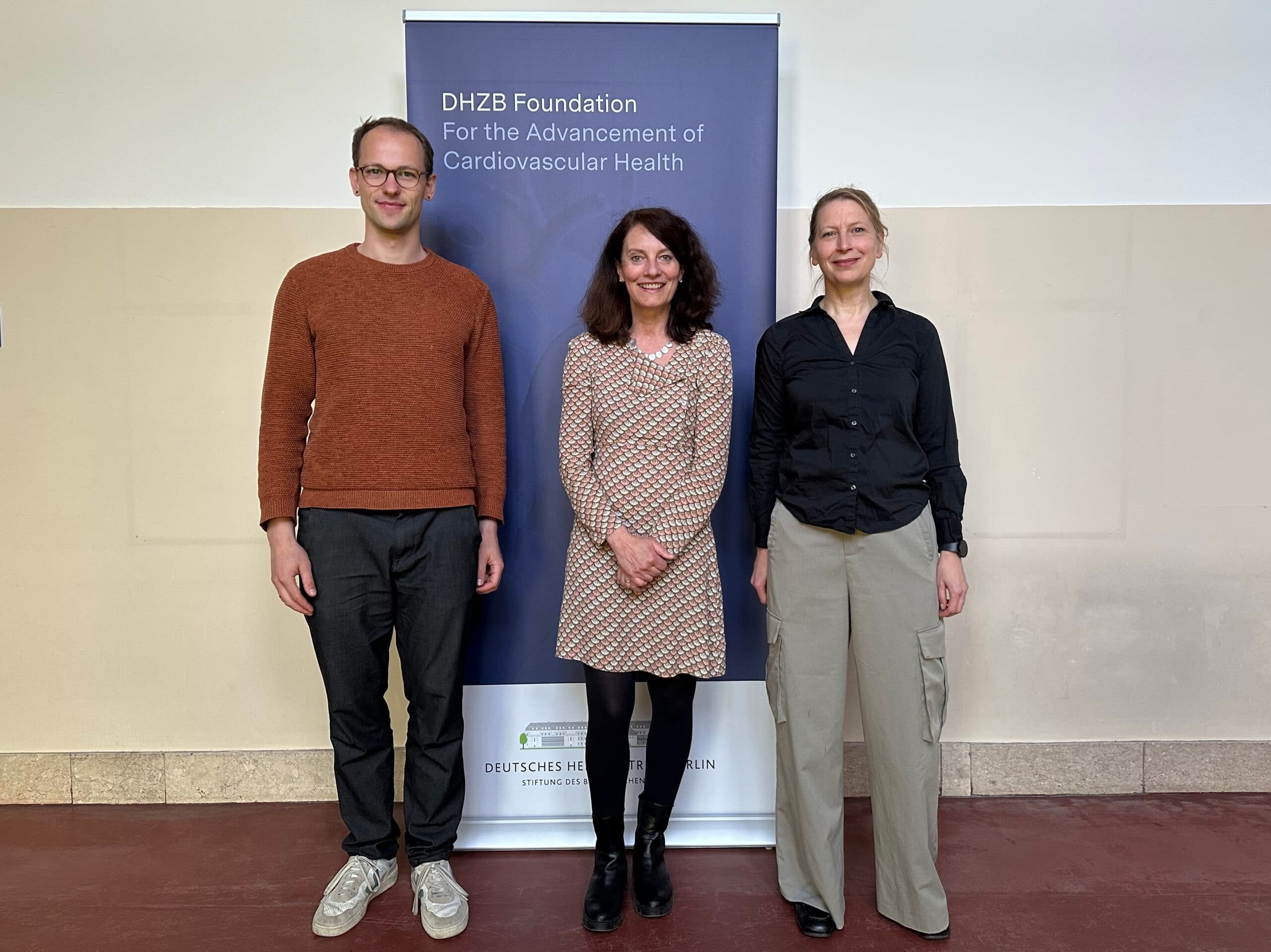MINOCA describes a form of heart attack in which no significant narrowing of the coronary arteries can be detected – posing a diagnostic challenge for both patients and physicians. Unlike typical heart attacks, MINOCA does not involve blockages in the major coronary arteries but rather in the smaller vessels. These remain undetectable using conventional diagnostic methods, making rapid and adequate treatment more difficult. Approximately 15% of all heart attack patients are affected by MINOCA. The causes of this condition are diverse, with the main culprits currently identified as coronary spasms and small emboli-detached fragments of a larger blood clot that travel into the smaller vessels, blocking oxygen supply to the heart muscle. Since standard treatment strategies for typical heart attacks often do not work for these patients, precise diagnostics and personalized therapies are crucial to reducing mortality rates and long-term complications. This highlights the need for more intensive research and a deeper understanding of the underlying mechanisms of the disease.
On Thursday, March 20, the monthly event Cardiovascular Conversations took place for the second time at the DHZB Foundation. This time, the focus was on MINOCA (Myocardial Infarction with Non-Obstructive Coronary Arteries). PD Dr. Nikola Cesarovic presented his research on the topic from a veterinary medicine perspective. Felix Kneip showcased his own work and represented Dr. Christien Beez, who was unfortunately unable to attend. He presented her current research projects.
MINOCA – The Invisible Heart Attack
Experimental Approaches to Understanding MINOCA
At the second Cardiovascular Conversations Meetup, Dr. Nikola Cesarovic and Felix Kneip from Prof. Maximilian Emmert’s team provided fascinating insights into their research on MINOCA – a type of heart attack that often goes undetected, despite being just as dangerous as a “classic” heart attack. A better understanding of the disease mechanisms is essential for identifying specific biomarkers and developing new therapeutic approaches. To this end, Dr. Cesarovic developed an animal model for MINOCA based on multiple mini-infarctions. This model is currently being analyzed in greater depth at the cellular and immunological levels by Felix Kneip, his mentor Dr. Christien Beez, and Dr. Jasper Iske.
After the presentations, there was a lively discussion that continued over snacks and drinks.
The next event will take place on April 29.


